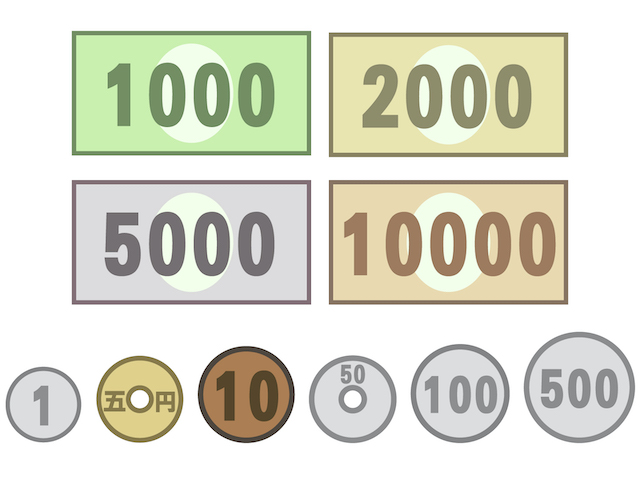Circulating from July 3
In Japan, many foreign travelers express frustration over the slow adoption of electronic payments. One reason for this is that Japanese banknotes are highly secure against counterfeiting, making them safe and reliable to use. This July, for the first time in 20 years, Japanese banknotes will undergo a complete design overhaul. The new anti-counterfeiting measures will be even more sophisticated (refer to the National Printing Bureau). For instance, the use of 3D holograms will allow the printed portrait to appear to rotate when the note is tilted. This world-first technology could be quite enjoyable to try out.
Currently, there are four types of Japanese banknotes: the 10,000 yen note, the 5,000 yen note, the 1,000 yen note, and the 2,000 yen note (though the 2,000 yen note is rarely circulated and will be excluded here).

As shown in the illustrations above, the new designs feature portraits of Eiichi Shibusawa, Umeko Tsuda, and Shibasaburo Kitasato, with the reverse sides depicting Tokyo Station, wisteria flowers, and Hokusai’s Great Wave, respectively.

One of these individuals, Eiichi Shibusawa (1840–1931), deserves a brief introduction. He was a Japanese entrepreneur and economist known as the “father of Japanese capitalism.” Born in Fukaya City, Saitama Prefecture, he studied Confucianism from a young age and served the Hitotsubashi family during the late Edo period. After the Meiji Restoration, he held key government positions before transitioning to the business world. He was involved in the establishment of over 500 companies, including the First National Bank (now Mizuho Bank), the Tokyo Stock Exchange, Oji Paper, IHI, and Shimizu Corporation, many of which still exist today. He emphasized the harmony between ethics and economics and contributed to numerous public welfare and social initiatives. There are museums dedicated to him in Asukayama, Tokyo, and in Fukaya City, Saitama Prefecture, where his birthplace is located. They are definitely worth a visit.

It is said that producing a 10,000 yen note costs 20.4 yen. There is probably no other product with such a high cost-performance ratio! Incidentally, the production cost of an aluminum 1 yen coin is 3 yen. Money is indeed a peculiar thing!
Rest assured, the issuance of new banknotes does not mean that the old ones will become unusable. However, be aware that some vending machines, which are ubiquitous in Japan, may not yet be compatible with the new notes, so some inconveniences may persist for a while.
Both the newly featured individuals and the reverse side designs represent quintessential elements of Japan. It seems that considerable thought was given to appeal not only to the Japanese public but also to foreign visitors. This is a great opportunity to take a close look at the front and back of these banknotes.

